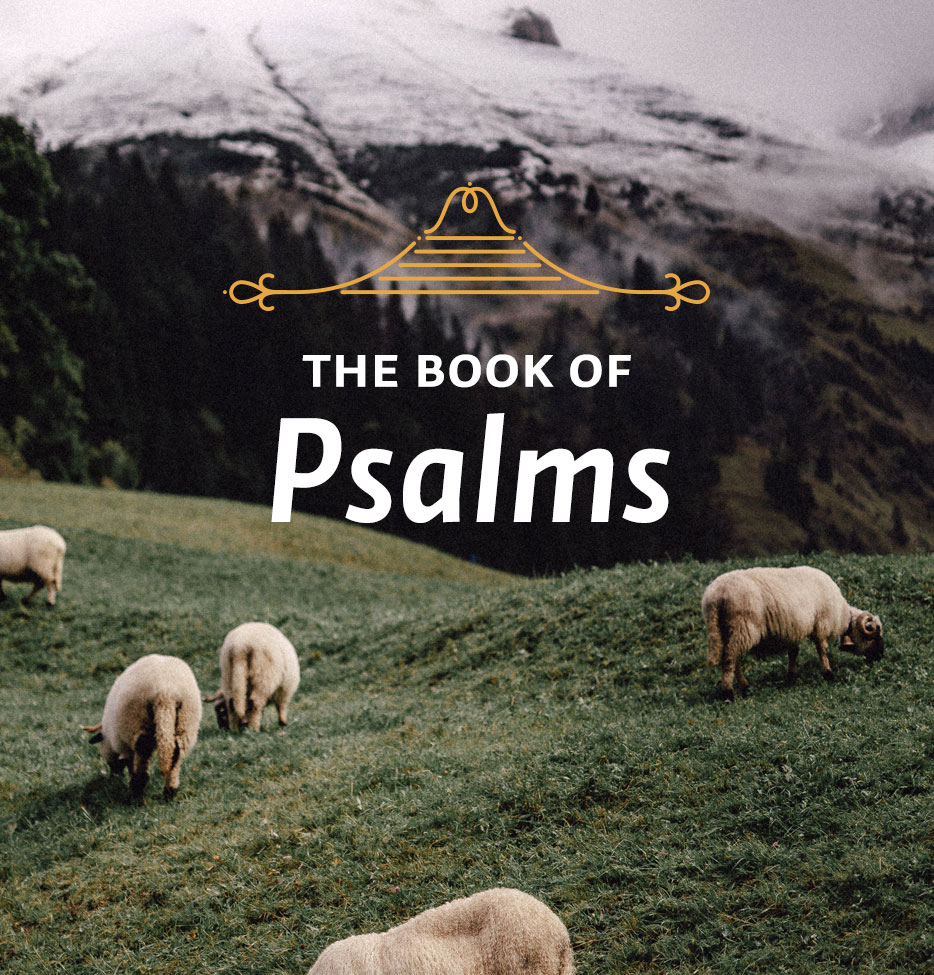Theme: “In All the Scriptures concerning Himself”
This week’s lessons teach us about the wide variety of ways in which the whole Old Testament points to Jesus.
Scripture: Luke 24:17-37
In the eighth chapter of Acts, we have another suggestive text. Here Philip has been sent to the Ethiopian eunuch. When Philip finds him, he is reading from a manuscript he acquired in Jerusalem. It turns out that it is Isaiah, and the portion from which he is reading is Isaiah 53: “He was led like a sheep to the slaughter, and as a lamb before the shearer is silent, so he did not open his mouth. In his humiliation he was deprived of justice. Who can speak of his descendants? For his life was taken from the earth” (Acts 8:32, 33).
The eunuch asked Philip, “Tell me, please, who is the prophet talking about, himself or someone else?” Philip, we are told, then took the text and began to teach him “the good news about Jesus” (v. 35). He taught him that Jesus was the lamb who was led to the slaughter. He showed that “…he was pierced for our transgressions, he was crushed for our iniquities; the punishment that brought us peace was upon him, and by his wounds we are healed” (Isa. 53:5).
That great Old Testament prophecy unfolds what we call today the “vicarious atonement”—one dying on behalf of another, the innocent paying the price for the guilty. So it was not written of Isaiah or of the Jews as a people or of mankind in general. It was written of Jesus, because Jesus is the only one who was able to pay the price of sin. We can hardly doubt that this must have been another of those texts Jesus expounded in that first Easter sermon when he began “with Moses and all the Prophets” and “explained to them what was said in all the Scriptures concerning himself.”
Where else should we go to carry through on this theme? It could be almost anywhere in the New Testament. But turn a bit further on to Hebrews. Hebrews was written to explain how Jesus was the fulfillment of Judaism as well as being the Savior of the Gentiles. I call attention to it because in the first chapter alone, seven Old Testament prophecies are quoted as having been fulfilled by Jesus: Psalm 2:7; 2 Samuel 7:14; Deuteronomy 32:43; Psalm 104:4; Psalm 45:6, 7; Psalm 102:25-27; and Psalm 110:1. And then, just in case those verses are not enough, in the second chapter, four more texts are quoted: Psalm 8:4-6; Psalm 22:22; Isaiah 8:17; and Isaiah 8:18. And so on throughout the book, chapter after chapter. According to the author of Hebrews, these texts as well as all the great texts and themes of the Old Testament are about Jesus.
Here we open up a whole new treasure chest of possibilities. Because it is not just a case of messianic texts being scattered about here and there throughout the Old Testament. The matter is far more profound than that. What we find is that in a wide variety of ways the whole Old Testament—all of its themes, all its parts properly understood—point to Jesus.
Start with Genesis. It is not just a text like Genesis 3:15, the so-called protoevangelium, the first announcement of the gospel, that speaks of Jesus. Genesis 3:15 says that the seed of the woman will crush Satan’s head; it is an important prophecy about Jesus. But it is not just there. Jesus is also the subject of the follow-up promises made to Abraham and the other patriarchs.
Turn to Exodus, and you find Jesus prefigured in the tabernacle. Exodus gives instructions for how the tabernacle was to be built, and the details of the construction illustrate the way to God which would be provided by the work of Christ. They show that Jesus is the sacrificial lamb slain from before the foundation of the world. He is the altar. He is the showbread. He is the light of the world. And when the veil that divided the Holy Place from the Most Holy Place, where the Ark of the Covenant was found, was torn in two by God when Jesus died on Calvary, it showed that the way has now been opened for us into the very presence of God by Jesus only.
Turn to Leviticus. In Leviticus Jesus is prefigured in the sacrifices. He is the scapegoat upon whose head the sins of the people were confessed and which was then driven out into the wilderness. He is the sacrifice made on the Day of Atonement, the blood of which was sprinkled on the Mercy Seat of the Ark. He is prefigured in all the offerings.
In Numbers Jesus is the bronze serpent which Moses set upon a staff so that whoever looked toward the elevated serpent would be healed. Jesus referred this text to himself in John 3:14, 15, saying, “Just as Moses lifted up the serpent in the desert, so the Son of Man must be lifted up, that everyone who believes in him may have eternal life.”
In Deuteronomy we learn about one who would be like the prophet Moses, speaking the words of God, but superior to Moses in every way. So on throughout all the books of the Old Testament until we come at last to Malachi, where Jesus appears as “the sun of righteousness” who will rise with healing in his wings.
Study Questions:
What was the Ethiopian reading? What question did he have about it?
How did Philip use the Old Testament text?
Define vicarious atonement.
What does the Hebrews passage teach us?
For Further Study: Look up the Old Testament prophecies mentioned in today’s reading. How do they supplement your understanding of the New Testament text?






